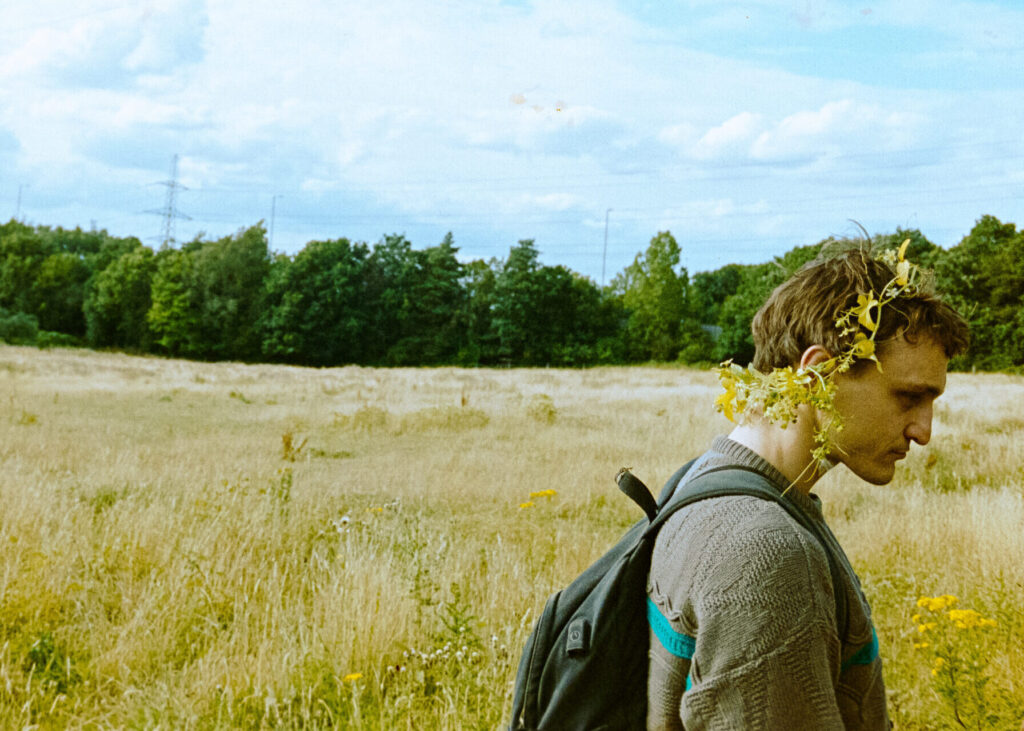Amid a global conservative turn, artists are disrupting the pastoral genre and its social order of class, gender and race relations
He draws on a small mint-green vape the size of his palm and exhales sweet clouds of vapour, which drift out over the flowerbeds that flank us. The smoke commingles with hazy shades of snow puff cosmos, dahlias, honesty, rare types of soft yellow hollyhocks and sheer bodies of flowering mallow. I listen to the low utterance of my boss’s work boots on gravel as I move between the onion store and the greenhouse, and around the walled garden where I tend to vegetables for hourly pay. I harvest and clean the best of the produce and deliver it to the large private house for the family’s consumption; I syphon off surplus or subpar produce into plastic bags and live off this produce for most of the summer each year.
My life as a grower began on organic smallholdings and community farms, which survive off the goodwill and hard work of seasonal workers, or members and volunteers, and usually occupies a small slice of rented or borrowed land. I have known farmers who live in dilapidated sheds, and seasonal workers who have lived in much worse. In contrast to the precarity and community onus of those farms, this walled garden is the private domain of inherited wealth. It is also an aesthetic conceit – emulating and upholding, in climbing beans and tumbling roses, some pastoral image of England, and with it the social order of things. Here, along with the formation of ornamental and vegetable beds, the owners consider themselves custodians and stewards of this particular England. Surrounded by Capability Brown-style parkland, and six-hundred acres of arable farmland beyond, this walled cosm of England is fixed and unmoving and defined by inherited wealth and agrarian tradition. The garden isn’t in and of itself a commercial venture, but it feeds the greater capitalist enterprise – not accumulation for hunger’s sake but for propriety; an enterprise that thrives off an unspoken and preconceived order of social, class, gender and race relations.
Historically, the pastoral genre in art and literature reified these social relations as artists and writers of a privileged class imagined their own version of a common, lived experience through an implausibly beautiful and controlled image of nature. As an aesthetic, the pastoral has roots in both ancient Greece and Rome, through Hesiod and Virgil respectively. Flash forward to early modern England: Edward Spenser and John Milton, then later artists like Thomas Gainsborough, J.M.W Turner and John Constable took up the mantle. They were, like those before them, learned men imagining, from their cloistered viewpoint, the experiences and hardships of the rural peasant, most often represented by a shepherd tending his flock. The pastoral genre represented a largely cosmopolitan and upper-class conception of rurality; and although the pastoral was not exclusive to England, it became a popular tool of western, colonial propaganda.
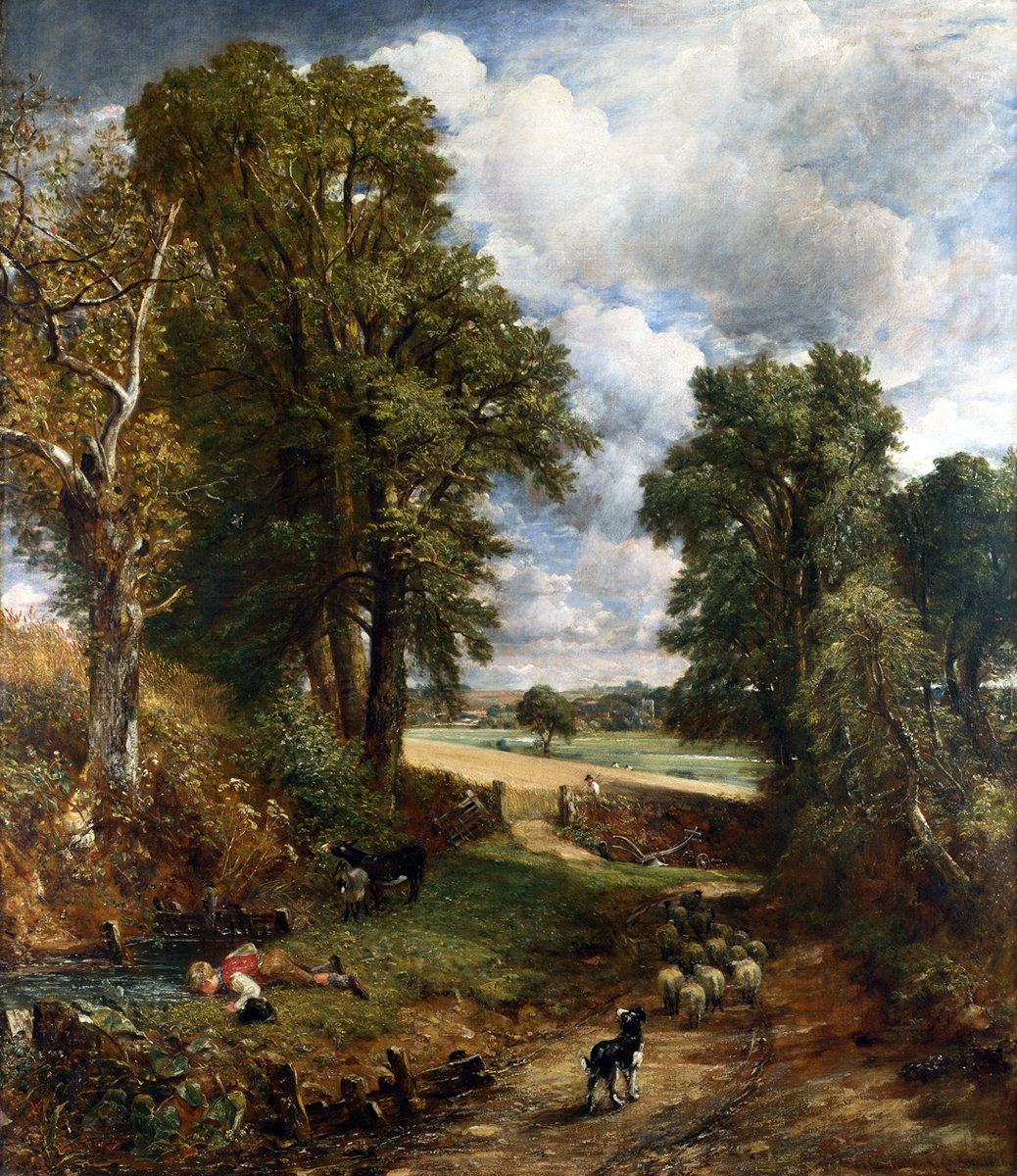
Unlike Milton and my employers, I do not come from inherited wealth. I depend on the very basic income I make from growing work – one that I supplement with the meagre renumeration I get for art writing and publishing. If it wasn’t for growing, I couldn’t afford to write. I am not a peasant, but I am an instrument to agriculture and accumulated wealth: here in this garden, I wash and grade out vegetables for people with more wealth and time and land than me. So inevitably I spend a lot of time thinking about rurality and agrarian work as a prism for social politics.
A pandemic-fuelled interest in homemaking and horticulture, a global surge in conservative and fascist power, and with it, the international rise of ‘trad wives’, have all powered an upswell in the pastoral lately: a flattening-out of the countryside as it shifts from subsistence to lifestyle brand. Churned up by the machinations of social media and its new breed of tousled-haired agrarians, rurality – mother nature – is reinstated as the ‘domain’ (and under the dominance) of men. In 2023, 88 percent of farms in England were owned by men, while horticulturalists like Cambridge-educated Monty Don and Alan Titchmarsh continue to shape the fuzzy daytime-television image of horticulture. Then, notably, there are female-identifying influencers like Ramona Jones, broadcasting to almost one million Instagram followers from her bucolic English cottage garden. Where, I think, is the sweat and blood and rot of it?
As a grower, I spend a lot of time shovelling shit or digestate, hitting my thumb with a mallet and failing to germinate seeds. I learn that nature will always run its course; the best we can do is give over to contingency and disorder. Sometimes something grows but it is mostly down to the wind and rain and sun and soil, and the plant itself. Try as it might, humanity fails to control it. In art writing, I think a lot about what this attempt at control looks like: about the implications of aestheticising and fetishising rurality, and its associated practices like farming and horticulture, and how they risk reasserting racial, gendered and class stereotypes. I discover a coterie of artists who acknowledge and then disrupt the pastoral genre; seeking a better artistic language through which to talk about nature, they ask how does rurality lose and gain dimensions? These artists put forward a new outlook that I call the ‘hyper-pastoral’, in which they augment a breakdown of the pastoral and its social hierarchies. That they are choosing to do so through film, speaks to the democratising potential of the screen and to the near-universality of camera phones and streaming devices.
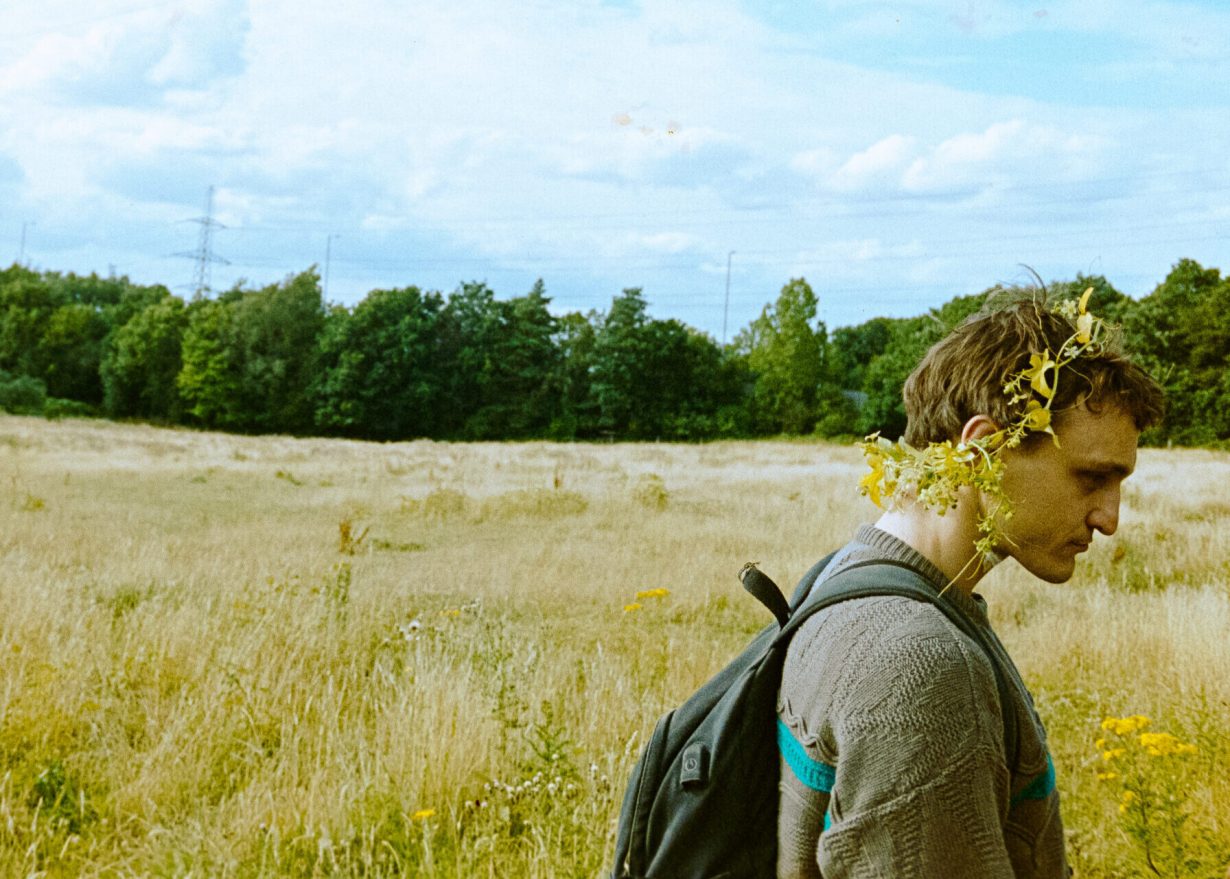
In Andrea Arnold’s latest film Bird (2024), the protagonist Bailey (Nykiya Adams) seeks refuge from the trials of pubescence, family and identity in the spaces between rurality and urbanity: she rises one morning bleary-eyed in the dewy dawn in a horse paddock, located beside a busy train track. Set in and around Gravesend in Kent, and close to where Arnold grew up in Dartford, Bird connects rurality with the British working class. Unlike the speculative and pastoral image rendered by upper-class men like Milton or Spenser, Arnold draws on the intimacy of her first-hand experiences as one of four children raised by a single working-class mother. Rather than dwell on England’s past or on some semblance of tradition, she emulates the soft golden light of the English pastoral and then applies it to human poverty and the urban vernacular: concrete sea defences on the south coast, towering high-rises, fairground rides, moving itinerantly between the built and natural environment.
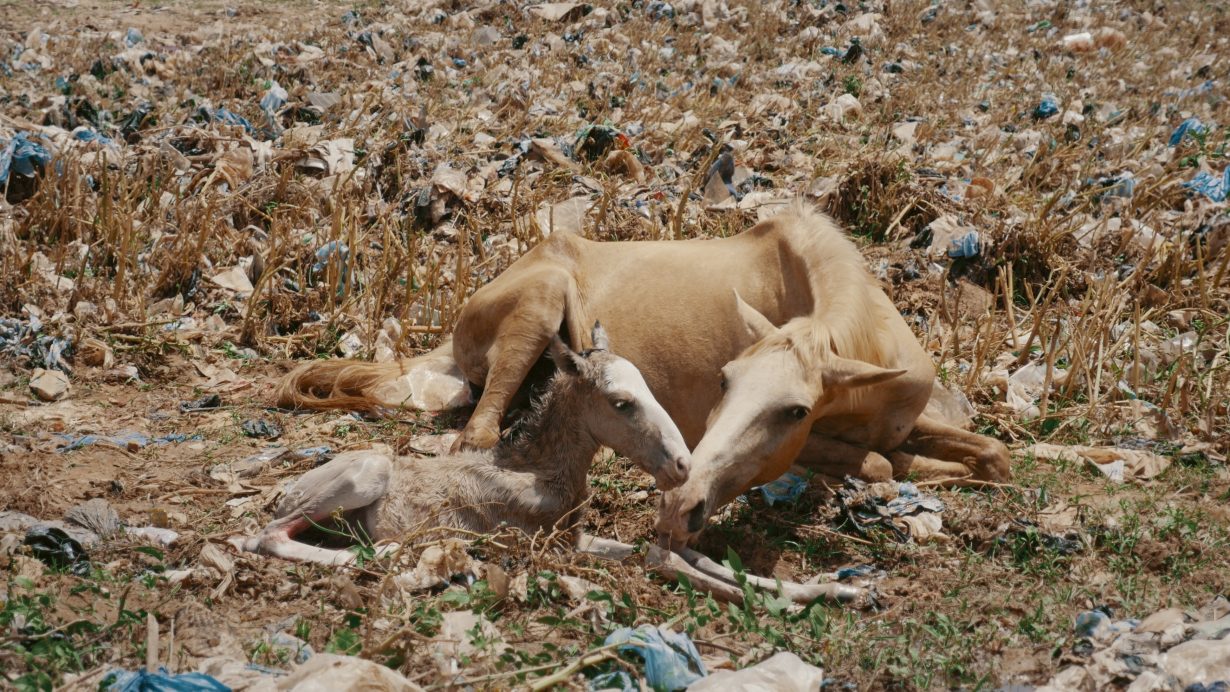
The English artist Maeve Brennan’s short film With Horses (2023) – currently on show in the group exhibition SOIL: The World at Our Feet at Somerset House in London – depicts, with poetic and pin-sharp focus, the experience of a foal’s first steps and a horse’s last breaths living amidst the plastic waste of a landfill site in Burkina Faso. The ground is patterned with shimmering synthetic matter that forms its own geological crust, and toxic residue that causes the grown horse to eventually stop breathing. The mother fondles her foal affectionately amid the deluge, unconscious, perhaps, of their fate. Here and there, blades of succulent green grass push up through the plastic, alluding, like Arnold does, to the rural pasture often found in the foreground of the pastoral image, and then littering it with human activity.
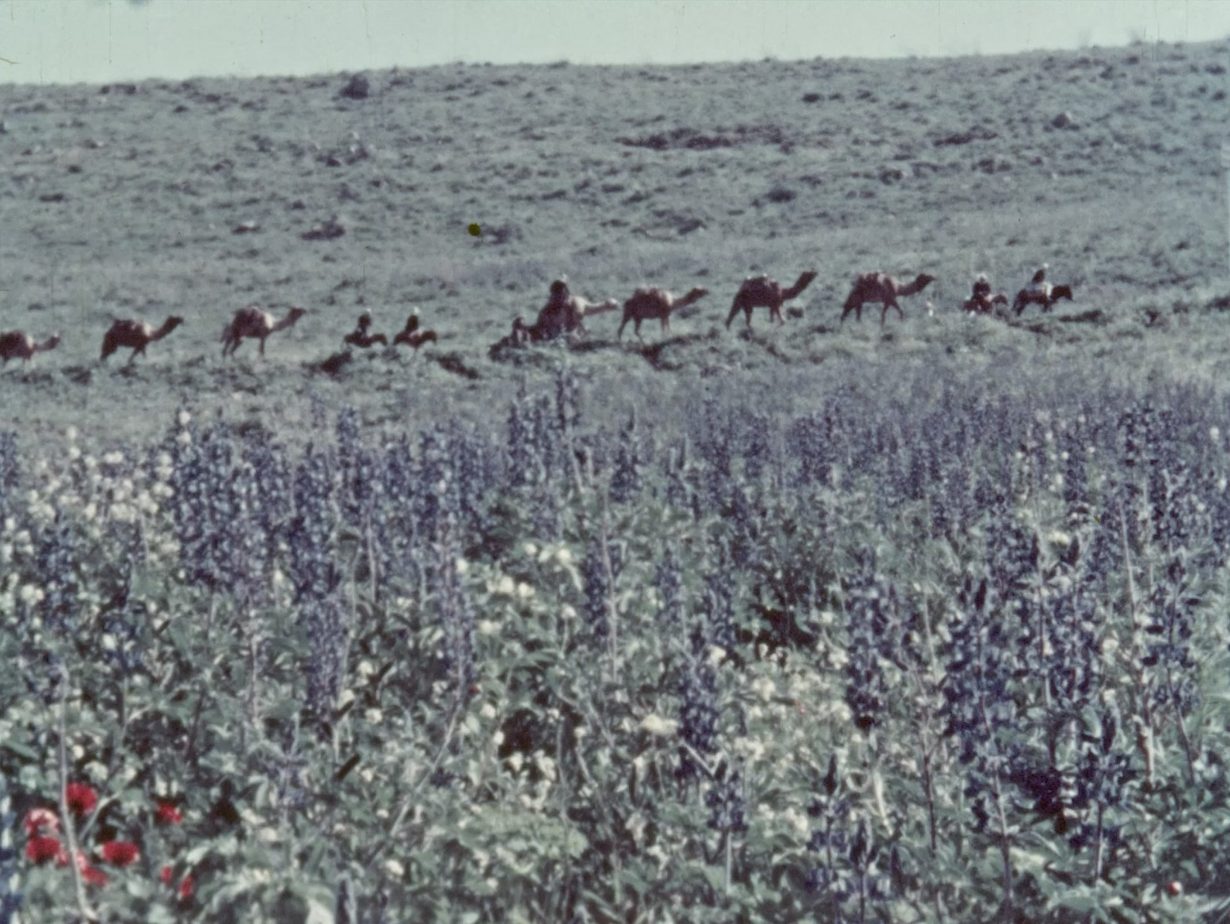
By plumbing the complexity and depths of a base substance, SOIL: The World at Our Feet hones in on the parasitical qualities of earth not as idyllic but as something active and thriving with violent potential. Theo Panagopoulos’s new film essay The Flowers Stand Silently, Witnessing (2024) exposes the West’s colonial, and thus racialised, relationship to land – one that depends on the pastoral image as its decisive weapon. Panagopoulos, a Greek-Palestinian filmmaker based in Glasgow, was conducting research in the National Library of Scotland’s Moving Image Archive when he came across early colour footage of wildflowers in Palestine, shot by Scottish missionaries in the 1930s and 40s. The original footage lingers on the pastoral beauty of Palestine, rather than the lived realities of a land and people under British occupation. As Panagopoulos writes in chilling onscreen text: ‘these images of flowers hid violence in beauty’. So he set about cutting and splicing the colour-saturated frames of flowers and windblown hillsides, lakes and mountains, children and mothers and husbands, into his own narrative, ‘reclaiming the footage as a form of testimony… as a form of resistance to cultural erasure’, he reflects in the exhibition catalogue. Panagopoulos layers the footage with his spare ruminations, first in English text and then Arabic. Positioned in the centre of each frame, his text seems to interweave with the poppies and blossom that make up the background; in doing so, he appropriates and then disrupts a settler’s image of rural and agrarian living.
In the autumn, the meadows’ golden grasses and yellow rattle have faded. I roll and bale the hay with a pitchfork and heave it into the back of a trailer, again and again for long hours. The meadows flank the parkland where, from time to time, a flock of sheep graze. This morning, they crowd up against the barbed-wire fence, watching us. Acid-yellow paint demarcates them and their sex: the stomach of the male sheep is sprayed with yellow paint so that when it mounts a female sheep, it transfers the bile yellow from its stomach onto her behind, determining which ones have been fucked, and thus, might have been inseminated.
Gender is implicated in the social order of the pastoral image – women traditionally took up position as milk maids, gleaners and domestic help at the edges of the composition. In a series of three films collectively titled Propagate (2024), shown last September at the Biennale Matter of Art Prague, Polish-born artist and filmmaker Alicia Rogalska puts women front and centre as she explores the relationship between gender and land through flower farming and arranging. Rogalska’s trilogy focuses on Platforma Výkvět, a female-led initiative disrupting industrial flower business through ethical farming in Czech Republic and Slovakia. Inside artificially-lit studios, three flower farmers compose winter arrangements while discussing both the physical hardships and pleasures of their work. It’s a far cry from the landscapes that usually conjure the pastoral image. As the women talk and work, the camera closes in on the haptic gestures that define their labour: twisting, arranging, picking, harvesting. In another scene, generations of florists demonstrate their former technique of binding flowers in a circular and close-ended form; representative of what was then Czechoslovakia’s totalitarian regime, it remained in fashion until the Velvet Revolution of the late eighties. Rogalska reminds us that flower growing and arranging isn’t a purely decorative conceit but, like other agrarian traditions, deeply implicated in political expression.
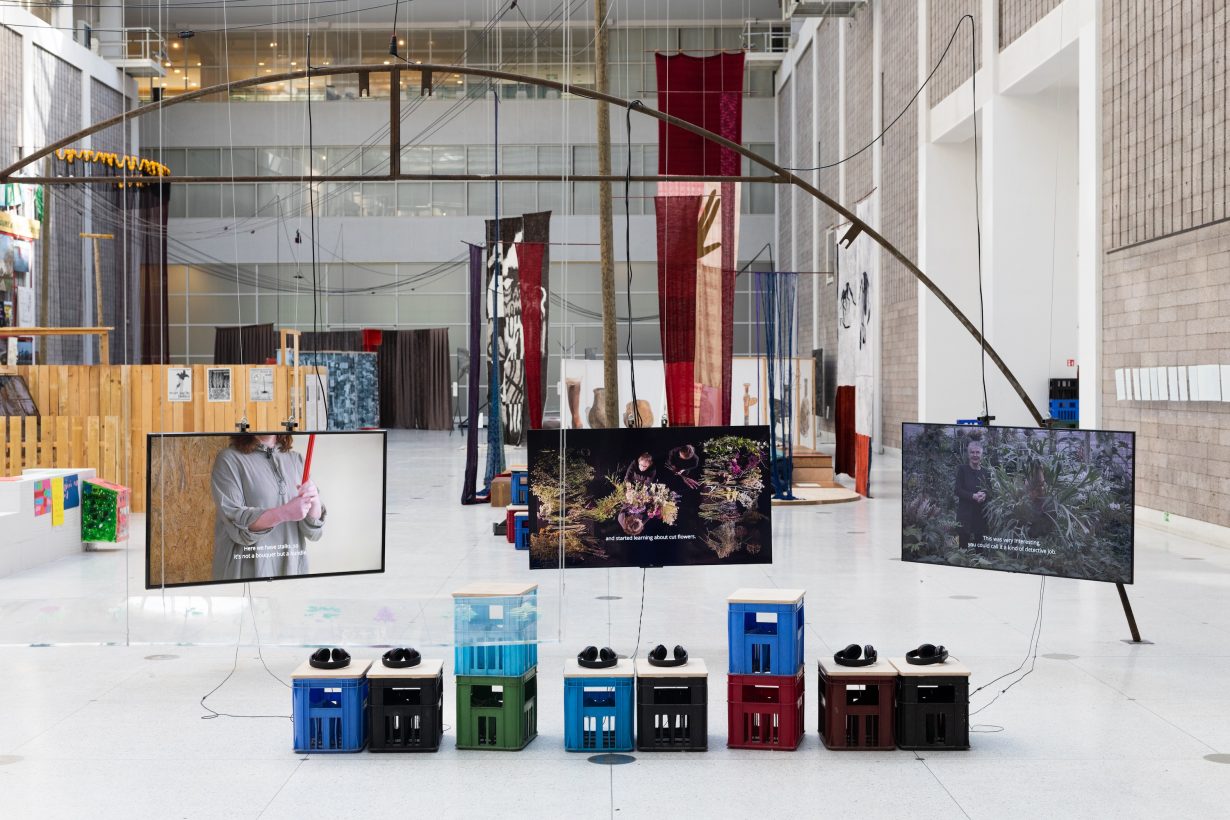
The hyper-pastoral can be traced across the current moment through the antagonistic work of practitioners in visual art, music and performance, but moving image is perhaps best-suited to offer narrative space for those working at the intersection of social and artistic practices. Filmmakers like Arnold and Panagopoulos, and artists like Brennan and Rogalska, scrutinise the flatness of the pastoral genre through the richness and complexity of land practices, which are themselves seamed through with suspenseful stories of our ecological collapse. Rather than consume the pastoral wholesale, they heighten and then confound what is beautiful about rurality and the natural world. In their hands, the hyper-pastoral becomes not an endorsement but a refusal of social and ecological order.
Rose Higham-Stainton is a critic, essayist and small-scale farmer based in Norfolk. Her first book is Limn the Distance (JOAN, 2023)
Opinion



